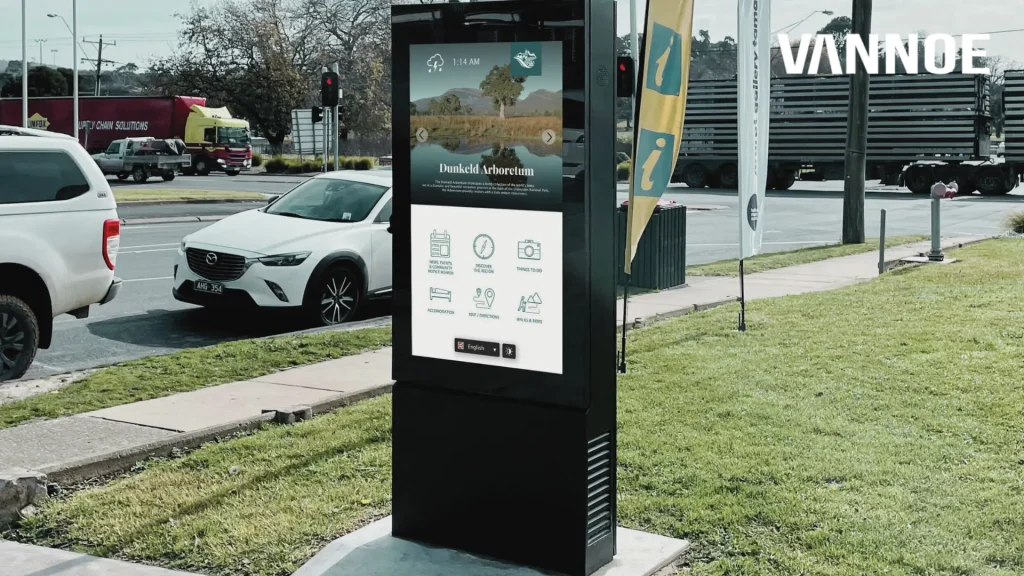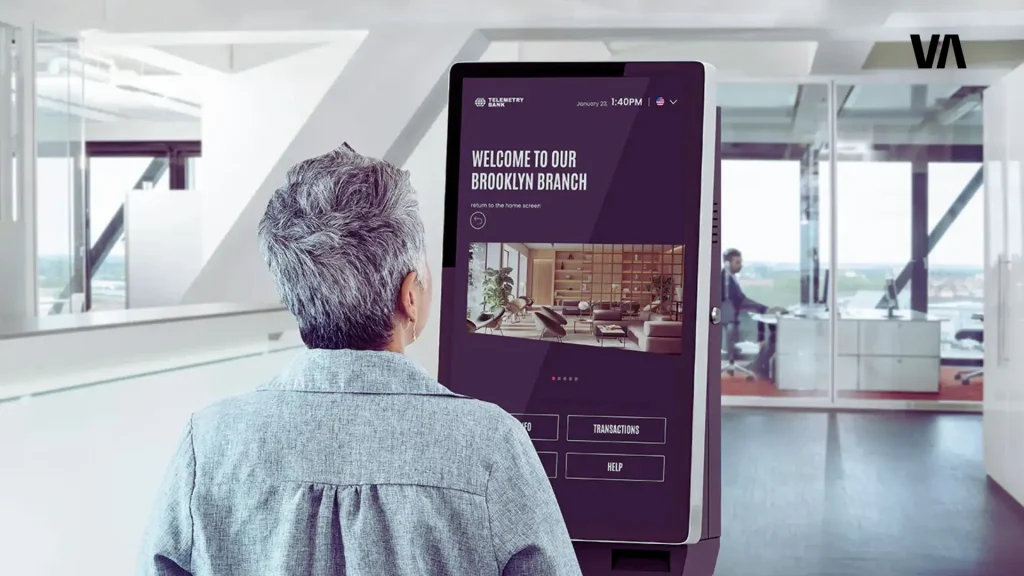As technology advances rapidly, the digital world demands more effective, engaging, and accessible communication methods. To meet this need, many industries have begun adopting interactive digital signage. This technology doesn’t just display visual information — it invites users to directly engage with content through touch, motion sensors, or mobile devices.
Understanding Interactive Digital Signage in Action
When we talk about the understanding of interactive digital signage, we refer to a digital display system that enables two-way interaction between the user and the content. Users no longer consume information passively. They can touch the screen, navigate menus, enter data, or access tailored information in real-time.
System operators use these screens to deliver up-to-date content, such as promotional videos, product data, or public service announcements — all of which users can respond to directly. This makes interactive digital signage a dynamic and highly responsive communication tool.
Benefits of Interactive Digital Signage Across Industries

Read Also: The Effectiveness of Digital Signage in Visual Communication
Businesses and public institutions are already experiencing the tangible benefits of this technology. They’re using it not only for promotions but also to enhance user experience and streamline services.
1. Retail and Shopping Malls
Retailers now place interactive screens in strategic locations. They allow customers to search for products, read reviews, or compare prices on the spot. Some even let shoppers complete transactions without standing in line.
2. Educational Institutions and Universities
Schools and universities utilize interactive signage to provide academic info, event schedules, and campus navigation. Students can check class timetables, room locations, or campus events simply by using touchscreen displays in lobbies or hallways.
3. Government Offices and Public Services
Government agencies simplify public services by displaying real-time information, guiding queues, and offering digital forms that people can fill out on the spot. This speeds up processes and reduces congestion.
4. Healthcare Facilities and Hospitals
Hospitals install interactive digital signage to help patients find their doctors, view schedules, and access educational health content. Patients get the information they need without asking front-desk staff.
5. Transportation Hubs and Airports
Transportation operators use this technology to display departure times, terminal maps, and check-in counters. Passengers can search for routes, purchase tickets, or get navigation help without needing staff assistance.
Key Technologies Behind Interactive Digital Signage
To function optimally, interactive digital signage systems rely on several essential technology components. Businesses must choose the right setup to ensure a smooth and engaging user experience.
-
Touchscreen Displays: Companies use high-sensitivity LED or LCD touchscreens to ensure responsive and user-friendly interactions.
-
Media Players and Content Management Systems (CMS): Teams manage and update content in real-time using intuitive CMS platforms.
-
Sensors and Cameras: These devices detect user movement, facial expressions, age, or gender to display contextually relevant content.
-
Mobile and IoT Integration: Some businesses offer QR code scanning or smartphone connectivity to allow deeper user engagement from personal devices.

Why Businesses Should Adopt Interactive Digital Signage
More and more companies are turning to interactive digital signage because it directly boosts customer satisfaction and operational efficiency. Here are some of the main reasons they’re making the switch:
-
Boosting Customer Engagement: Interactive content grabs user attention longer and delivers a more memorable experience.
-
Saving on Promotional Costs: Businesses can update content anytime without reprinting materials.
-
Gathering User Behavior Data: Systems can track how users interact with content, providing insights for better marketing strategies.
-
Flexible and Easily Updated: Marketing teams can adjust content based on time, trends, or specific locations — all in real time.
Overcoming Implementation Challenges
Some businesses remain hesitant to implement interactive signage due to high upfront costs or technical complexity. But they can overcome these challenges by:
-
Using cloud-based systems: Teams can manage content from anywhere with minimal infrastructure.
-
Partnering with experienced solution providers: Trusted vendors help with everything from installation to ongoing support.
-
Training internal staff: Proper staff training ensures the system runs efficiently without third-party dependency.
Conclusion: A Communication Shift That Can’t Be Ignored
By understanding the concept of interactive digital signage, we clearly see how this technology is revolutionizing the way businesses, institutions, and public services communicate. From retail and education to transportation and healthcare — everyone is moving toward smarter, more engaging information delivery systems.
To ensure optimal performance, organizations must choose reliable, responsive, and compatible display hardware. This is where Vannoe steps in as a trusted local solution. As an emerging brand, Vannoe provides high-quality digital signage displays with crisp resolution, durable design, and support for both landscape and portrait modes. Vannoe’s products are built for long-term use in various environments and support touch functionality as well as cloud-based CMS integration — making them an ideal choice for institutions aiming to deliver interactive experiences at scale.
By combining relevant content with robust hardware like Vannoe, you can create an interactive digital signage system that not only captures attention but also builds deeper connections with your audience. Now is the time to transform your communication approach — make it smarter, real-time, and truly impactful.

